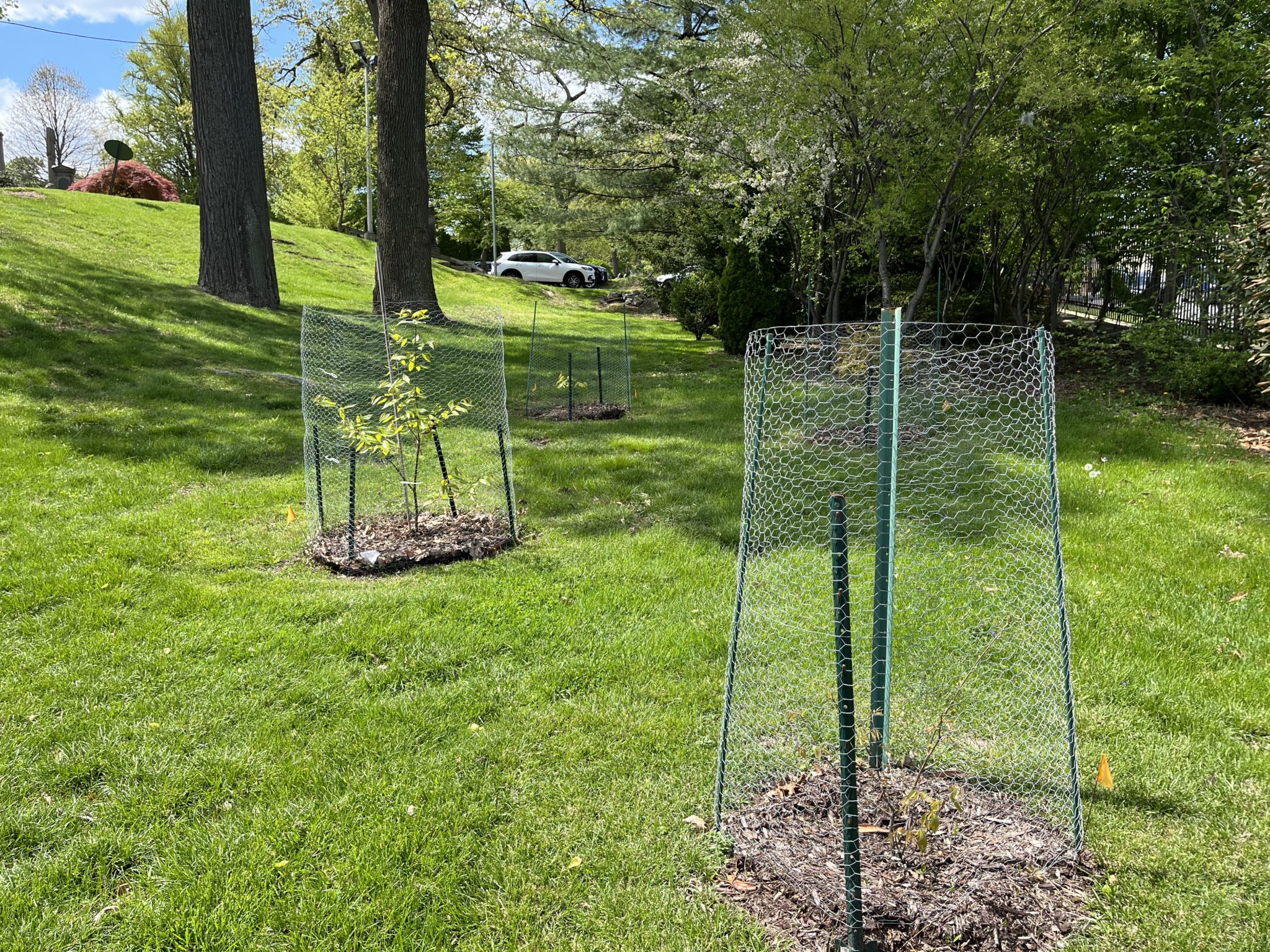
The American chestnut is a large, fast-growing tree of the Castanea genus, in the beech family. The American chestnut is recognizable by its dark brown to red ridged bark and long, canoed-shaped leaves. Once the king of the forest, this hardwood tree is often killed and reduced to stump sprouts by disease.
At one time, the American chestnut blanketed the East Coast, with nearly 4 billion trees spreading in dense canopies from Maine to Mississippi. However, between 1904 and 1930, 3.5 billion of these giants of the hardwood forest succumbed to a blight known as Cryphonectria parasitica, a parasitic fungus of chestnut trees. While there are still millions of American chestnuts sprouting from old roots, scientists believe genetically-engineered blight-resistant trees can bring them back.
Recognizing the severe impact of the demise of the American chestnut tree, the American Chestnut Foundation, has set out to restore the chestnut to our woodlands to benefit our environment and wildlife, and American society as a whole. In order achieve this goal, the American Chestnut Foundation is seeking United States Department of Agriculture approval to restore the American chestnut to American forests by using a genetically engineered variety that would be capable of withstanding the blight that has killed billions.
In partnership with the American Chestnut Foundation and the State University of New York-College of Environmental Science and Forestry, Woodlawn Cemetery & Conservancy has taken the task of growing five native chestnut trees on our grounds. The chestnuts, which can be found by our main entrance at Webster Avenue and East 233rd Street, were planted in loamy, deep soil with direct sunlight and good drainage. It is our hope that cross-pollination, which produces more genotypes than self-pollination, will help the American chestnut recover its former abundance by encouraging inheritance of blight resistance.
For over 150 years Woodlawn has been known as a significant “urban forest” with a wide variety of trees. We are proud to be accredited as a level II Arboretum, certified by the ArbNet Arboretum Accreditation Program and the Morton Arboretum, featuring more than 400 unique tree species and cultivars, and over 6,000 trees onsite.
